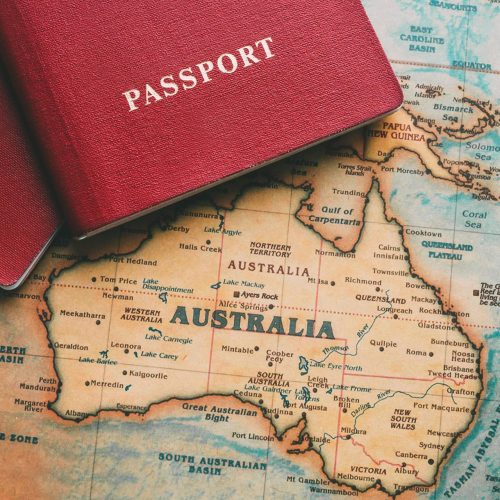
How to Secure a Business Visa for the USA: A Comprehensive Guide
July 12, 2018
Navigating the Study Visa Process: Tips for Studying Abroad in Canada
July 12, 2018
How to Secure a Business Visa for the USA: A Comprehensive Guide
July 12, 2018
Navigating the Study Visa Process: Tips for Studying Abroad in Canada
July 12, 2018The Ultimate Guide to Working in Australia: Work Visa Essentials

Australia is a land of opportunities, known for its high standard of living, diverse cultural landscape, and robust economy. If you're considering working in Australia, navigating the work visa process is a crucial step. This comprehensive guide will detail the different types of work visas available, the eligibility criteria, and essential tips for securing employment in Australia.
Types of Work Visas in Australia
Australia offers various work visas tailored to different needs and qualifications. Here are the primary categories:
- Temporary Skill Shortage (TSS) Visa (Subclass 482)
- Short-Term Stream: For occupations on the Short-Term Skilled Occupation List (STSOL). Valid for up to two years.
- Medium-Term Stream: For occupations on the Medium and Long-Term Strategic Skills List (MLTSSL). Valid for up to four years and can lead to permanent residency.
- Labour Agreement Stream: For occupations under a labour agreement between the Australian government and an employer.
- Skilled Independent Visa (Subclass 189)
- A points-based visa for skilled workers who are not sponsored by an employer, state, or family member. It allows you to live and work permanently anywhere in Australia.
- Skilled Nominated Visa (Subclass 190)
- A points-based visa for skilled workers nominated by an Australian state or territory. It also grants permanent residency.
- Employer Nomination Scheme (ENS) Visa (Subclass 186)
- For skilled workers nominated by their employer. This visa has three streams: Direct Entry, Labour Agreement, and Temporary Residence Transition.
- Regional Sponsored Migration Scheme (RSMS) Visa (Subclass 187)
- For skilled workers nominated by an employer in regional Australia. This visa also has three streams: Direct Entry, Labour Agreement, and Temporary Residence Transition.
- Working Holiday Visa (Subclass 417)
- For young people (18-30 years old, and in some cases up to 35) from eligible countries who want to holiday and work in Australia for up to one year.
- Temporary Work (Short Stay Specialist) Visa (Subclass 400)
- For short-term, highly specialized work in Australia. Valid for up to three months.
Eligibility Criteria for Australian Work Visas
The eligibility criteria for work visas in Australia vary depending on the visa type. However, some common requirements include:
- Occupation: Your occupation must be on the relevant skilled occupation list for the visa you are applying for.
- Skills Assessment: A positive skills assessment in your occupation from a recognized authority.
- English Language Proficiency: Proof of English language proficiency, usually through tests like IELTS, TOEFL, or PTE.
- Health and Character Requirements: You must meet health and character requirements, including a medical examination and police checks.
- Age: Most skilled visas have an age limit of 45 years at the time of application.
- Points Test: For points-based visas, you must score a minimum number of points based on factors like age, work experience, education, and English proficiency.
Tips for Securing Employment in Australia
- Research the Job Market: Understand the demand for your skills in different regions and industries. Websites like SEEK, Indeed, and LinkedIn are valuable resources.
- Update Your Resume and Cover Letter: Tailor your resume and cover letter to Australian standards, emphasizing relevant experience and skills.
- Network: Connect with industry professionals and attend networking events. LinkedIn is a powerful tool for building your professional network.
- Consider Temporary Roles: Temporary roles or internships can provide valuable Australian work experience and lead to permanent opportunities.
- Use Recruitment Agencies: Recruitment agencies can help match your skills with suitable job openings and provide guidance throughout the hiring process.
- Prepare for Interviews: Familiarize yourself with common interview questions and practice your responses. Be prepared to discuss your experience and how it aligns with the job requirements.
Additional Services to Support Your Journey
- Personalized Consultations: We offer personalized consultations to understand your unique situation and recommend the best visa options.
- Document Preparation and Review: Our experts meticulously prepare and review your application package to ensure accuracy and completeness.
- Ongoing Communication: We keep you informed throughout the process and address any questions or concerns you may have.
Working in Australia offers numerous opportunities for professional and personal growth. By understanding the different work visa options and following our tips for securing employment, you can navigate the process with confidence. Start your journey to an exciting career in Australia today!




